Notion: Growth Strategy Behind 100M Users
How Notion hit 100 million users and became a $10 billion company
Notion is trusted by teams at NVIDIA, OpenAI, Figma, Ramp, Perplexity, Cursor, and more. At first, I didn’t understand why these big tech companies use a simple "Productivity" tool. But as I learned more about Notion, things started to make sense.
Notion isn’t just another productivity tool, it’s a playground for companies and individuals that want to own their systems, streamline workflows, centralize scattered knowledge, and move fast regardless of the team size. Notion is flexible and suited for anyone from students to solo founders to small businesses to juggernauts like NVIDIA and OpenAI.
Last year, in 2024, Notion reached 100 million users. To put this in context, Notion passed 1 million users right before Covid in 2020. And just five years later, here they are, crossing 100 million in total users. This goes to show you how powerful compounding is.
And with that 100 million users, Notion is currently valued at $10 billion. Although this valuation is pretty old, which marked when the company raised $275M with their Series D in 2021. That said, based out of San Francisco, California, more than 800 people work at Notion.
So what’s Notion's “Growth” secret sauce?
You’d be surprised to know how Notion has used different growth strategies to bring users in. It’s truly remarkable and appreciable. And I do think there’s a lot to learn from Notion about how to grow a B2C company. On a side note: this piece is not going to be about the founding story of Notion, what the early years were like, etc. Instead, I’ll directly dive into the growth strategies and show you how Notion pulled in over 100 million users using the following growth strategies.
Let’s dive in!
Product-Led Growth (PLG)
Notion grew pretty fast because it’s genuinely a great product. Product-led growth means the product itself works as the main source of acquisition, retention, and expansion of the product. And this means the company doesn't heavily rely on salespeople or marketing to acquire and retain users.
It’s a product-led growth if people try the product (for free), find it useful, invite their friends and teams over, and the circle keeps on spinning, creating a strong network effect. This is the exact case with Notion. So in this section, I will unpack the aspects of product-led growth that helped Notion gain millions of users.
Let’s roll.
1. Sleek UI
If you have ever used Notion, you know how awesome its UI is. Notion won because in a world where most companies fall for the fancy design that yields nothing, Notion focused on making the platform as simple as possible without compromising on its intuitiveness. That clean whitespace, soft typography, drag and drop function, and smart toggle—that’s what made Notion stand out in a crowded market.
Notion’s design made people feel personal, initiative, and limitless. The growth exploded because people didn’t just use Notion, they played with it, like a game. They customized dashboards, built life planners, created second brains, and to-do lists.
2. Freemium Model
Notion’s growth could’ve been slowed down if it didn’t have a freemium model. But since it does, it allows users to get access to unlimited pages and blocks, full customization, and enough features to build everything from to-do lists to complex workflows—all for free.
This allowed solo users, students, creators, and small businesses to try out the product, fall in love with the tool, and gradually upgrade to paid plans as they go. It made everything a no-brainer for the people/teams that signed up for Notion.
3. Smooth Onboarding
Unlike most productivity or collaboration tools, Notion doesn’t ask you to enter your date of birth, gender, etc. Because those silly questions annoy users, and they know it. To create a new account, Notion just asks you to enter your email (Doesn’t even ask for your name!), or you can also sign up with a Google, Apple, or Microsoft account.
Once you’ve created an account, Notion asks you a few questions like what you’ll use Notion for, are you team or solo, etc—so that it can give you a personalized experience by providing you the right templates, workflows, and features.
Creating an account and onboarding on Notion is so simple, you won’t believe it.
4. Self-Serve Approach
The friction to use Notion is almost zero. Anyone and everyone can visit the website, download the Notion app, and start playing around with the tool immediately. You don’t need to schedule a call, talk to sales reps, or wait for approval to get started, making it easier for users to start using the tool once they sign up.
And unlike Zoom or Slack, which are multiplayer games, Notion has the advantage of being a single-player game. On Zoom and Slack, you need a third person to talk to. You can’t just sit around and use it. But on Notion, once you have an account, you’re good to go to start using the tool and benefit from it.
5. Multi-Platform Experience
One of the hardest problems of growing a product is not being able to give potential users the platform where they want to use your product. If you build a web app, many would prefer having a mobile app. If you have a mobile app, many would prefer having a desktop app—with each variation for different devices: Android, iOS, etc.
And this is the problem Notion solved very early on: Trying to be on as many platforms as possible so that anyone and everyone can use the product regardless of the device they use. This is why Notion has got the web app, iOS app, Android app, etc. Notion wants you to use the product the way you want, wherever you want, and however you want.
6. Template Gallery
Telegram does this so well. But Notion is not behind. Notion gives users pre-made templates, a ton of templates so new users can get started with what they want instantly: making a to-do list, planner, habit tracker, goal tracker, etc.
Now compare this to other note-taking or productivity tools, how much easier it gets for Notion’s users to simply not design the templates from scratch they want, and instead they can find it on Notion's marketplace and start using. Truly powerful.
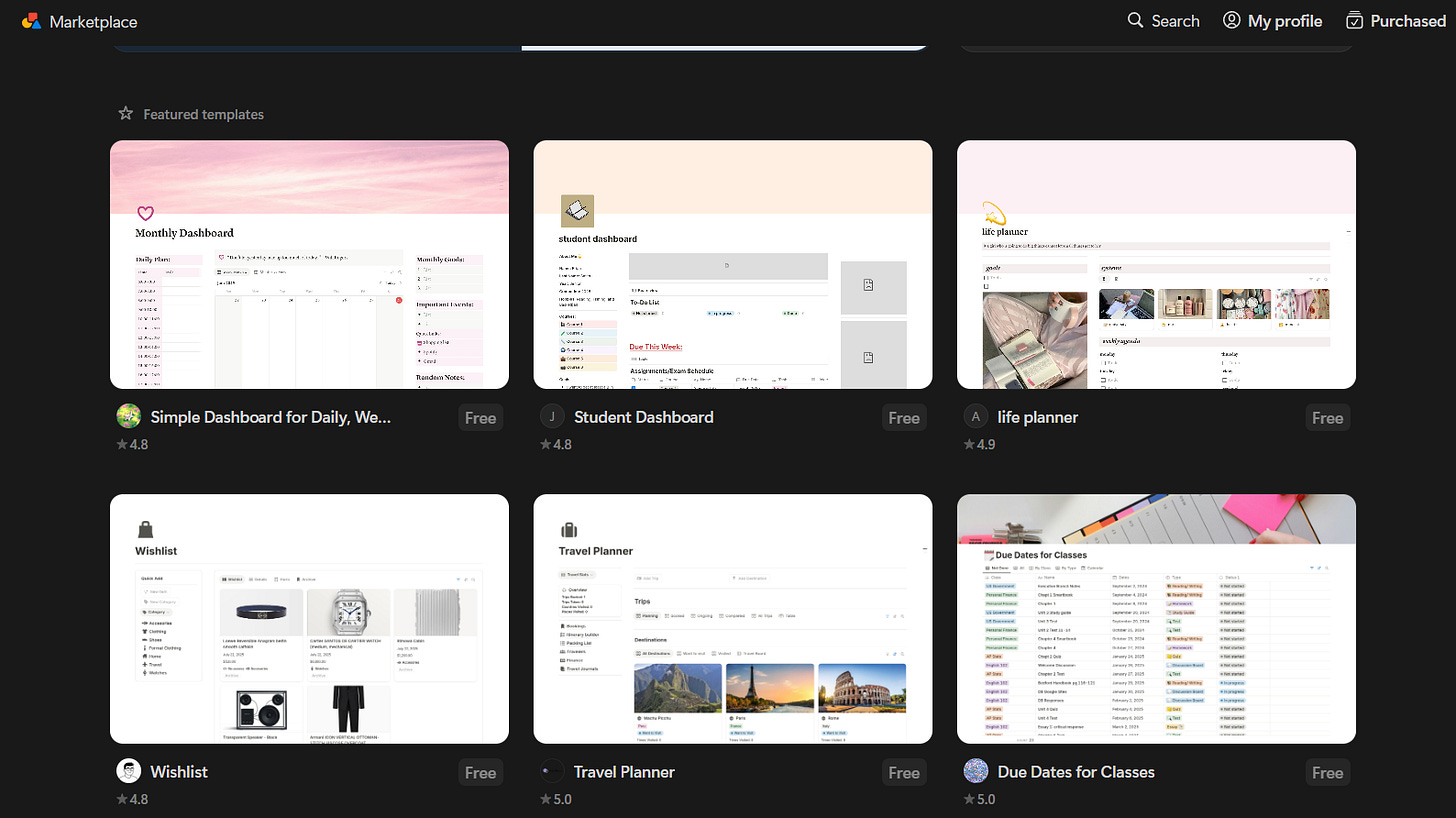
7. Bottom-Up Adoption
Notion could’ve gone in the B2B direction or become an enterprise tool, but thankfully it didn’t go that route. And instead, I took the bottom-up approach. Let me explain it by give you an example:
You work at medium size company (50-200 employees), you’ve been playing around with Notion a lot lately, you love it, then one day you introduce it your manager, the manager tests it, and they decide to switch all the collaboration and work process system to Notion from some other crappy tools your company relied on.
That’s the bottom-up approach. In a top-down approach, you hire sales reps, they talk to the head of a company, organization, or institution about your product, close the deal, and the entire company uses the tool if everything goes well. But the problem with this approach is that it takes a ton of time and effort to make everything happen. Bottom-up approach? Just win one employee at a time.
8. Localization
While this one came later to Notion’s product strategy, it massively helped the company gain new users. Because let’s be honest, not everyone understands English, making it hard for non-English speakers to understand the product.
And this is where Notion introduced multiple language support, including Korean, Japanese, French, German, Spanish, and Portuguese. Why does it matter? Let's say you live in Spain, run a small business locally, don’t know English, but you just learned about Notion. It’s the perfect tool you’ve been looking for. But guess what? It said, “It doesn’t support Spanish.” Oops!, But then luckily, you found out later that it does support Spanish.
Voila. Life changing.
Community-Led Growth (CLG)
Notion is not alone, if you zoom out, you’ll find that some of the most successful tech companies like Slack, Discord, Reddit, Figma, GitHub, Duolingo, Canva, and others have built a strong community around their product.
Notion treats its users like creators. It gives them the tools, templates, and customizations they need, and lets them show their work in the world. As a result, people flooded YouTube, Reddit, Twitter, Gumroad, and other social media platforms with Notion templates, workflows, startup CRMs—all user-generated.
Just one small example. Here’s how Notion built a strong community.
1. Ambassador Program
Launched in 2020, Notion’s Ambassador Program became so successful, attracting a wide range of creators and influencers who were already using Notion. These ambassadors were Twitter writers, YouTube creators, Instagram influencers, Twitch streamers, etc.
Notion offered these individuals perks like early product access, exclusive events, content amplification, and direct contact with the Notion team. And since they were already using Notion in their day-to-day life, it was a no-brainer for them to double down on what they were already doing.
This added an extra distribution layer to Notion’s strategy.
2. User-Generated Templates & Workflows
Notion has a unique unfair advantage of letting its users build templates & workflows, and sell them on the platform, either for free or paid. This doesn’t just create a viral loop of amazing templates that people can use—built by others. But also, it forces people who use Notion to stay with it because they can’t really fit those templates to other tools if they want to switch over to a new platform.
3. Social Media Communities
Then there comes Notion’s social media communities, either run by Notion or online creators. These are the communities that work as a marketing channel for Notion and help gain new users. For example, this Sub Reddit has over 400,000 Notioners, aka followers or subscribers. If someone recently started using Notion, they can join this and become a part of the community, creating a viral loop of new customers on autopilot.
Or, for example, this Notion community on Discord that has over 9,000 members, all talking about Notion all day long. These communities are perfect for anyone using Notion or just started using the product.
These are just the tip of the iceberg. Now, think how many Notion communities there will be on Facebook, Instagram, Twitter, Telegram, or other social media platforms. It’s truly powerful how the creators and users of Notion work as “Free” marketers of the product.
4. Local Meetups & Workshops
Remember earlier I talked about Notion brand ambassadors? Now one of the important things they do for Notion is that they regularly host meetups and workshops online or offline. And I do think this is one of the most powerful marketing strategies to attract people who feel connected to Notion.
However, one doesn’t necessarily need to be a Notion brand ambassador to host meetups and workshops, as long as you know about the product, you can teach it to others, share your ideas with others, and expand your network in your own little “Notion” world.
Creator and Content Ecosystem
Notion’s content ecosystem is so vast than most people realize. They have got blog posts, templates, case studies, affiliates, etc that drive new sign-ups 24/7 on autopilot. And I think it’s one of the best marketing strategies, not just for Notion, but for anyone building a company.
Here’s how Notion grows via the content ecosystem.
1. Partnerships & Sponsorships
You might have already seen Notion sponsoring content creators. The company spends a ton of capital sponsoring newsletters, YouTube videos, and also does long-term partnerships with influencers on Instagram, Twitter, and YouTube.
For example, these two videos are sponsored by Notion. Both of these YouTubers have hundreds of thousands of subscribers on YouTube, guess how much Notion would’ve paid to these two YouTubers just to make these two videos? I mean A LOT.
Notion works with different creators on different contract bases. Some partnerships are short-term, while others tend to be long-term of 1-3 years. Why Notion does this? The company understands that it’s a good way to get its product in front of new users who already trust the creators.
2. Notion’s Blog
Notion has an entire team of writers, editors, and publishers focused on creating long-form blog posts related to templates, Notion use cases, and productivity tools. They mainly focus on ranking those posts on Google Search via SEO (Search Engine Optimization).
For example, if you search on Google “Notion template” or say anything including the keyword “Templates,” You’ll find Notion blogs or templates on the first page of Google.
3. Social Media & Ads
Notion’s growth was unimaginable without its social media presence. Notion has a strong social media presence (they also run ads). For example on Twitter, Notion has over 400k followers, on YouTube over 300k subscribers, and on Instagram over 300k followers.
Notion, as I said, also runs ads, for example this billboard:
4. Content Creators
You’d be surprised to know the number of creators who “Solely” talk about Notion all day long. For example, a YouTuber like Thomas Frank, who only talks about Notion on his YouTube channel, which has 281k subscribers.
There are countless creators, writers, and influencers like him who just talk about Notion. Notion doesn’t directly incentivize these creators. Instead, these creators make those Notion videos because they have built a business (courses, cohort, coaching, programs, etc.) around it.
5. Referral Programs
And last but not least, Notion incentivizes people who recommend the product to their friends, family, colleagues, etc. It’s a win-win scenario for both parties: Notion gets new sign-ups, and the users who refer make some money.
Affiliate programs are one of the powerful ways to grow the user base. If used right, it can drive a ton of users even for a new product. But the problem is that most startups fail to devote an extra couple of hours to set up a referral program. If you haven’t done it yet, learn from Notion and just do it right now.


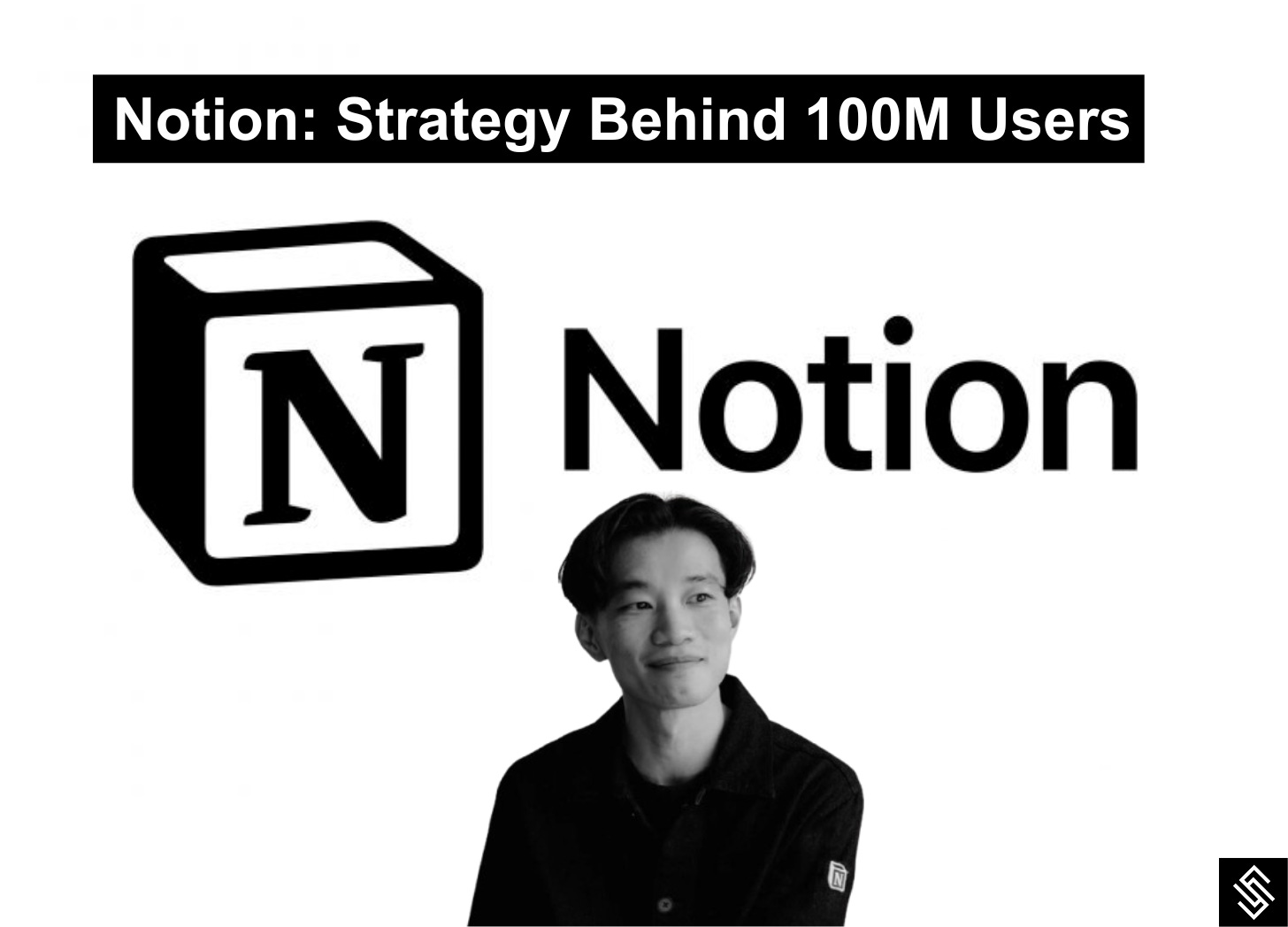


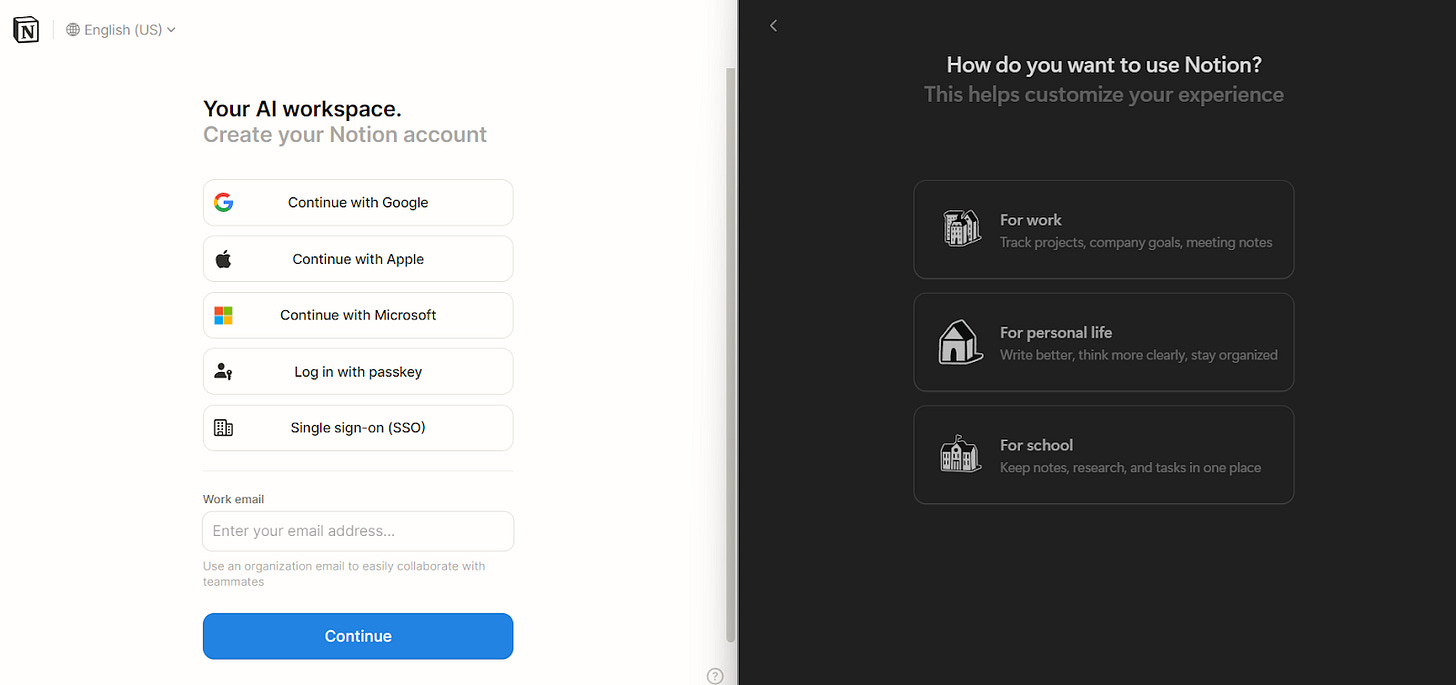
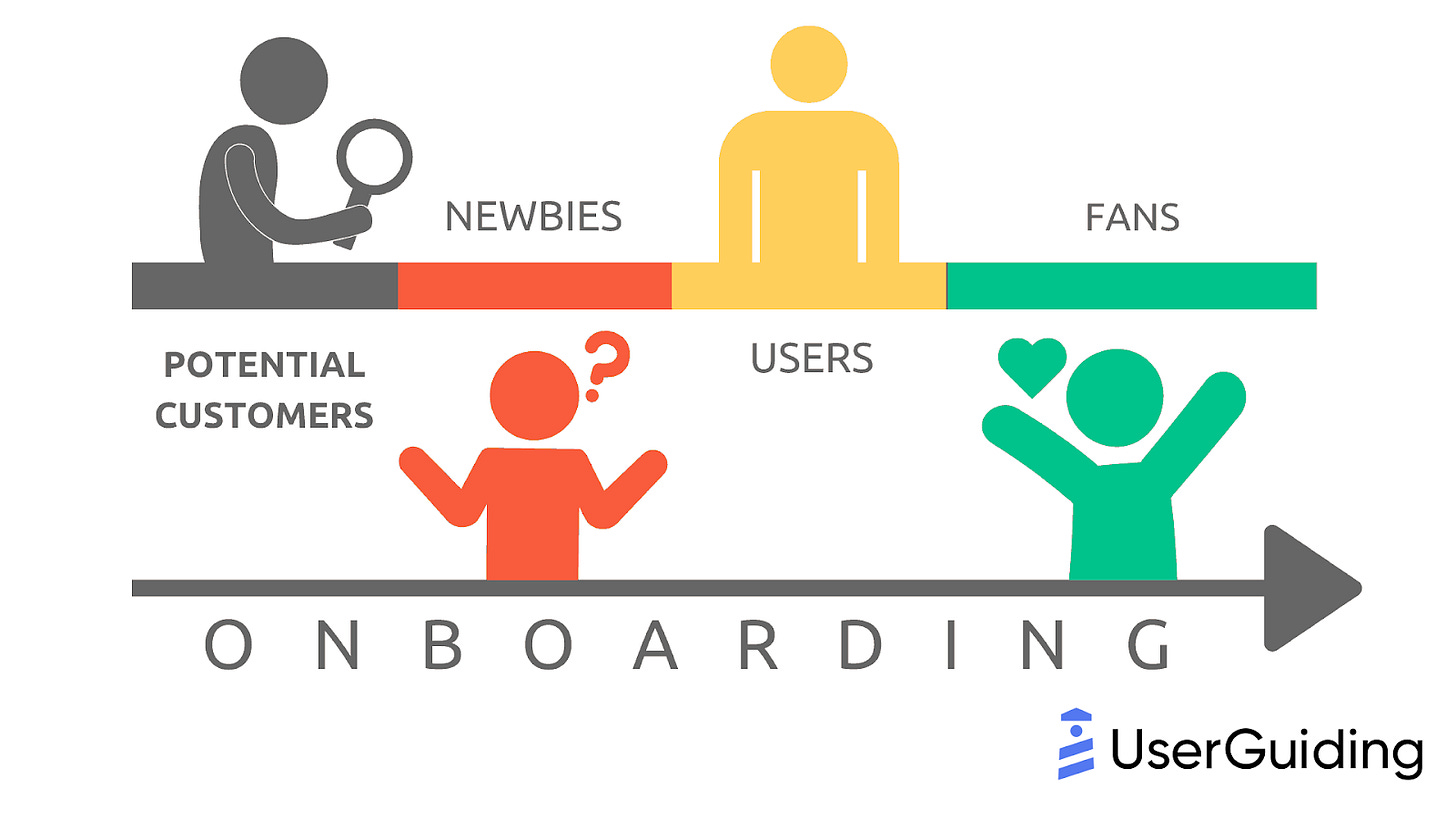
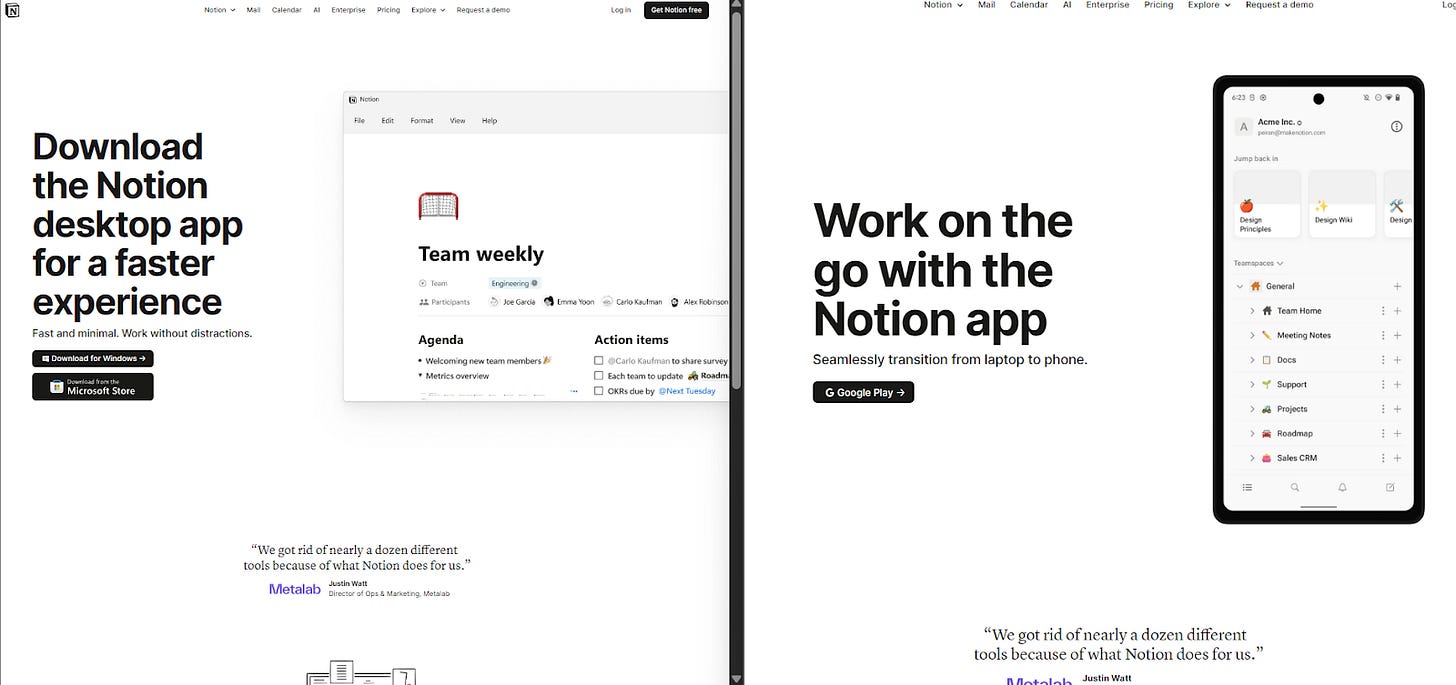
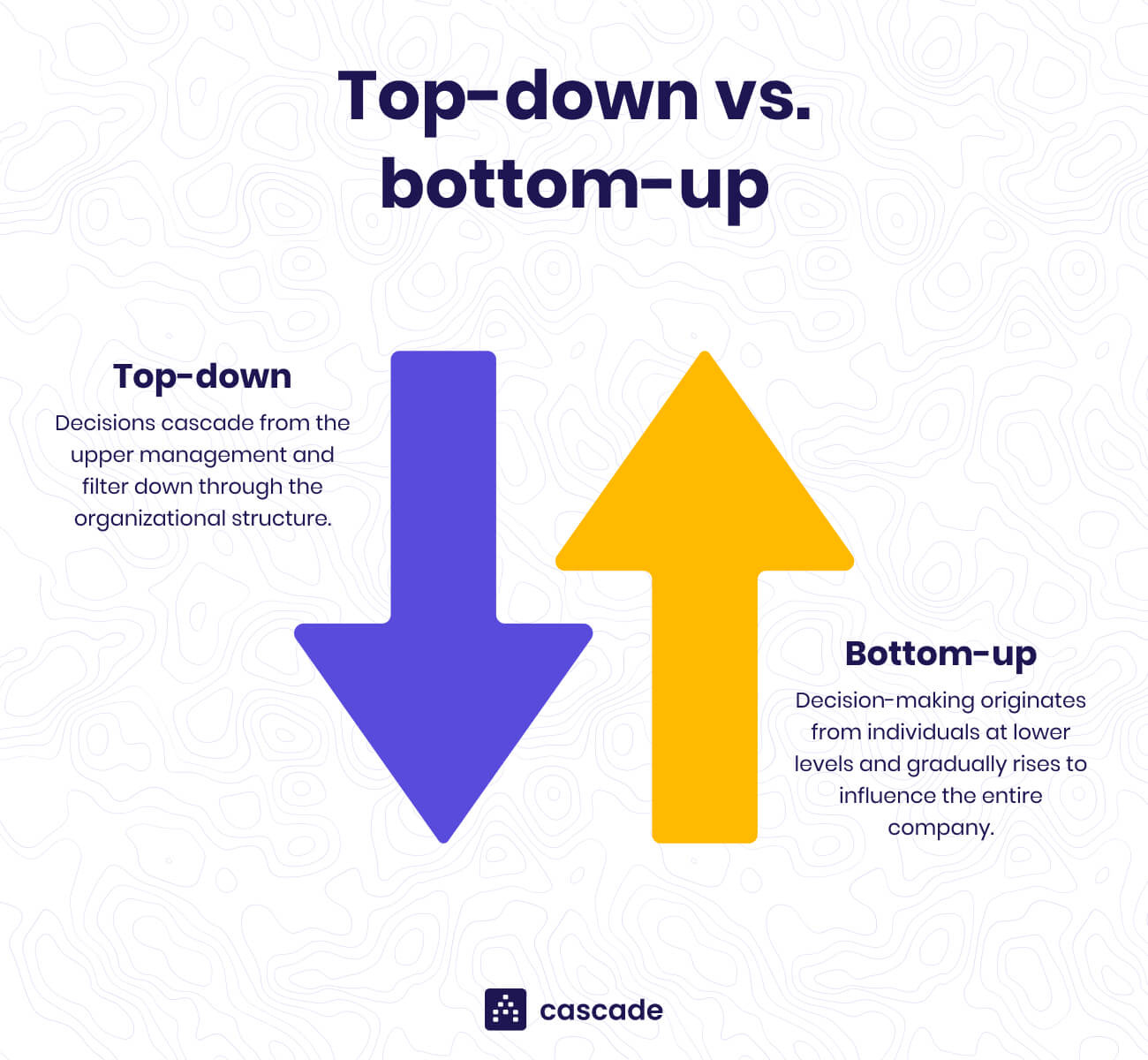



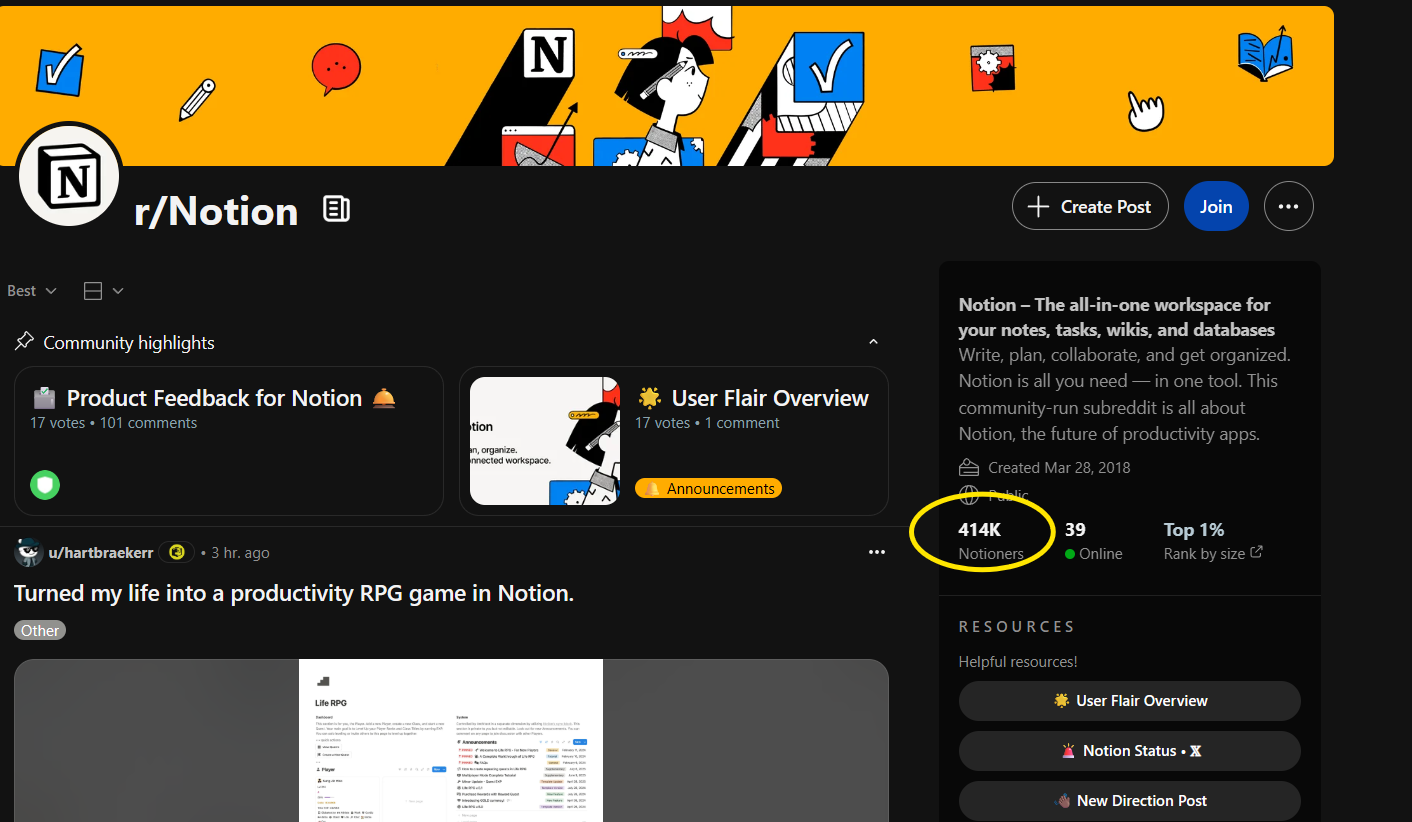
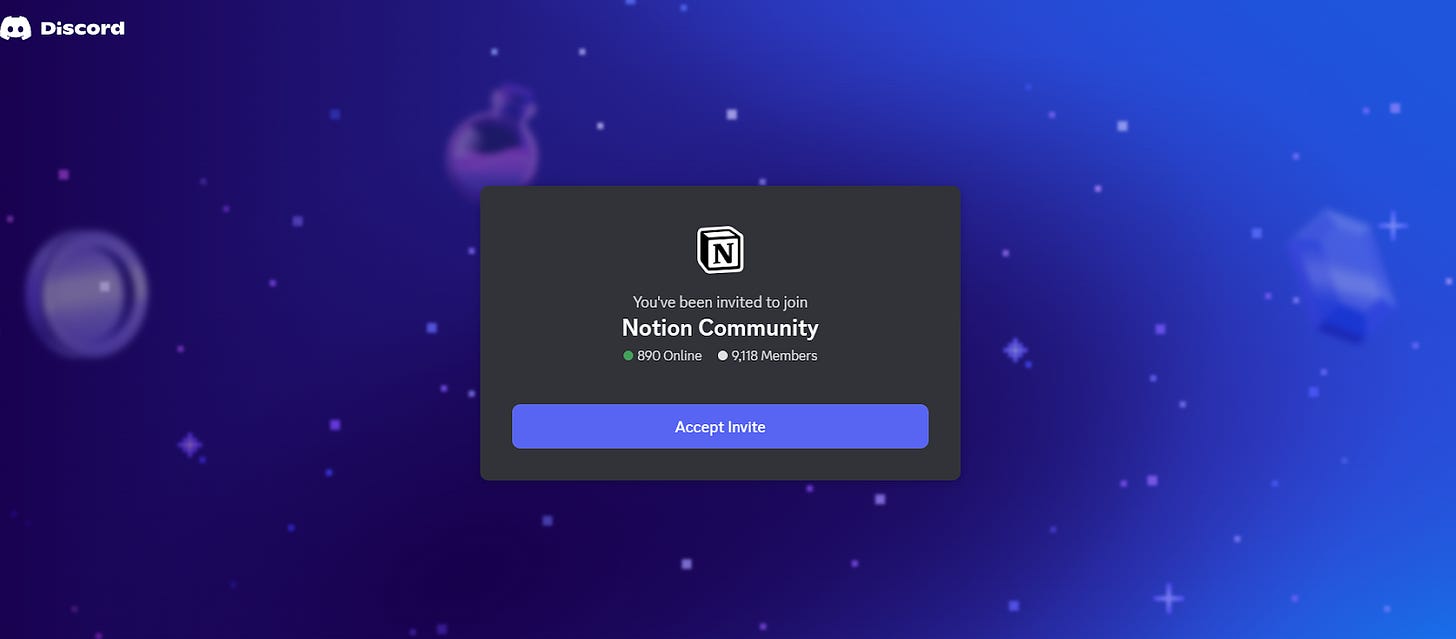
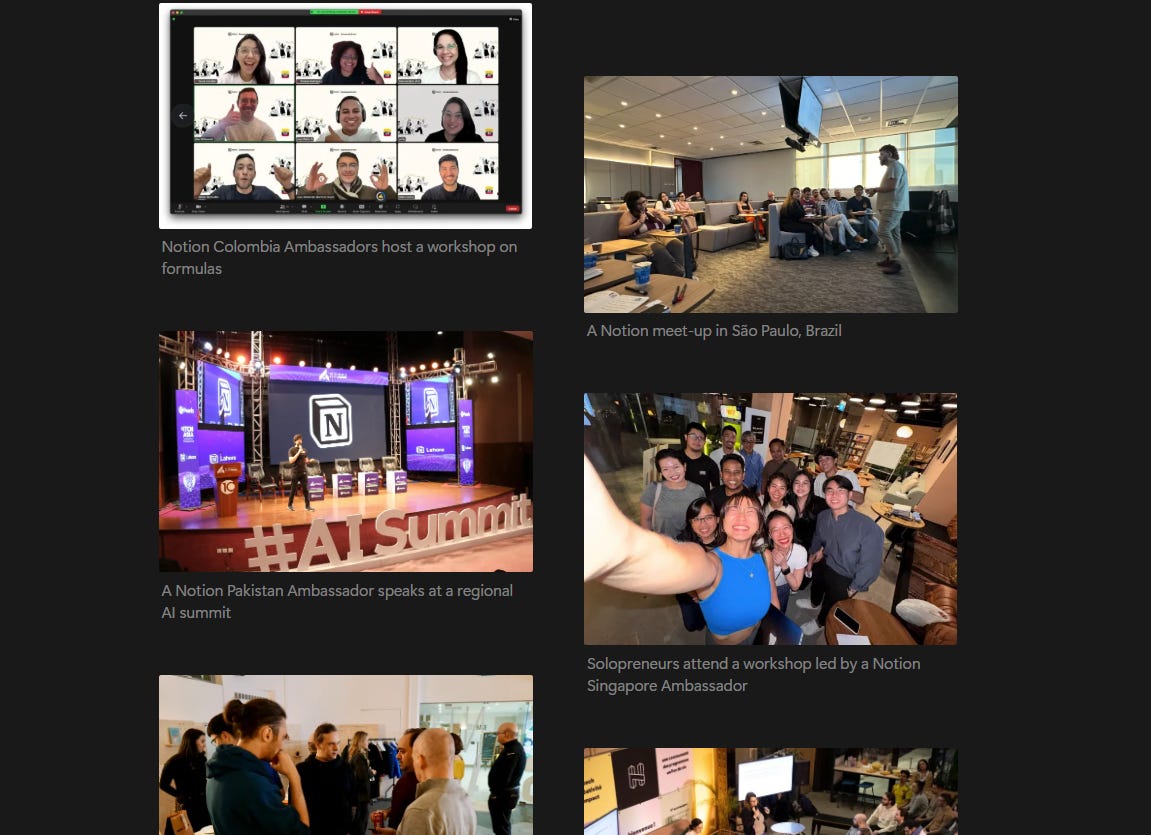


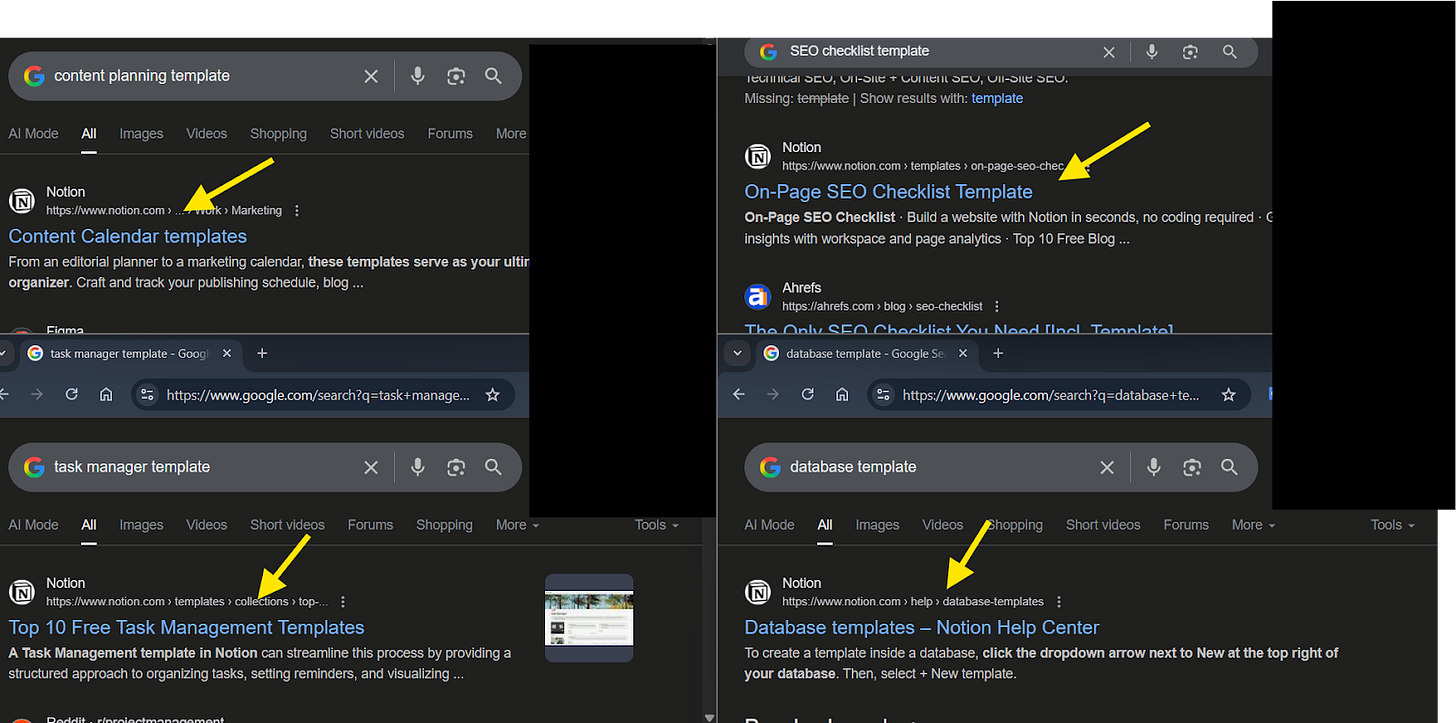
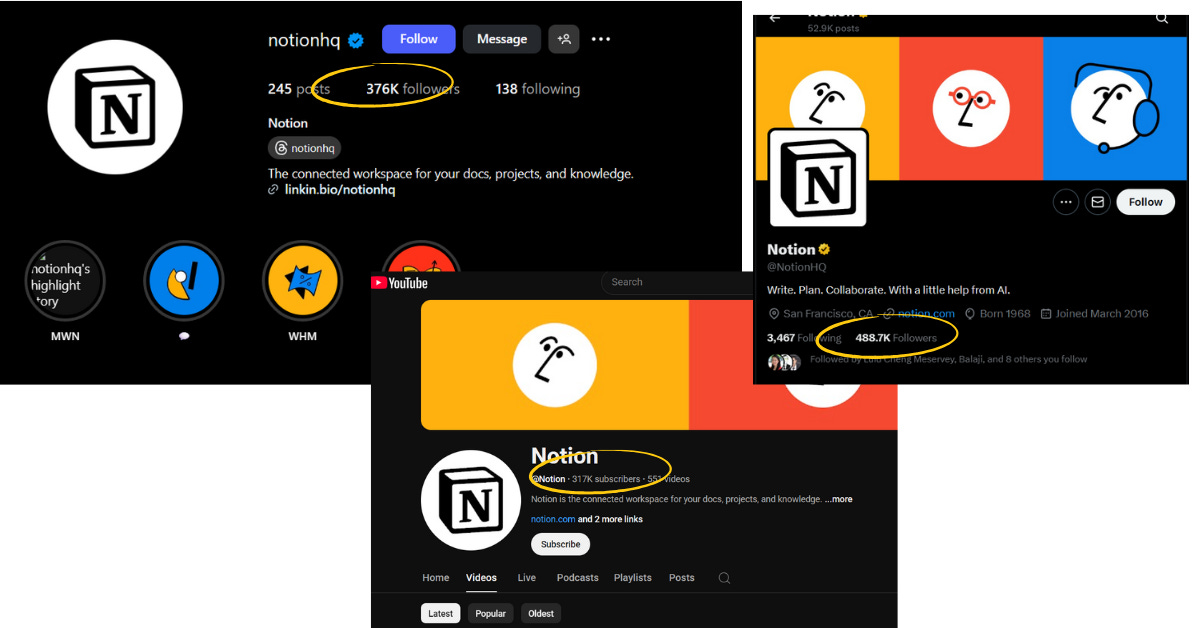

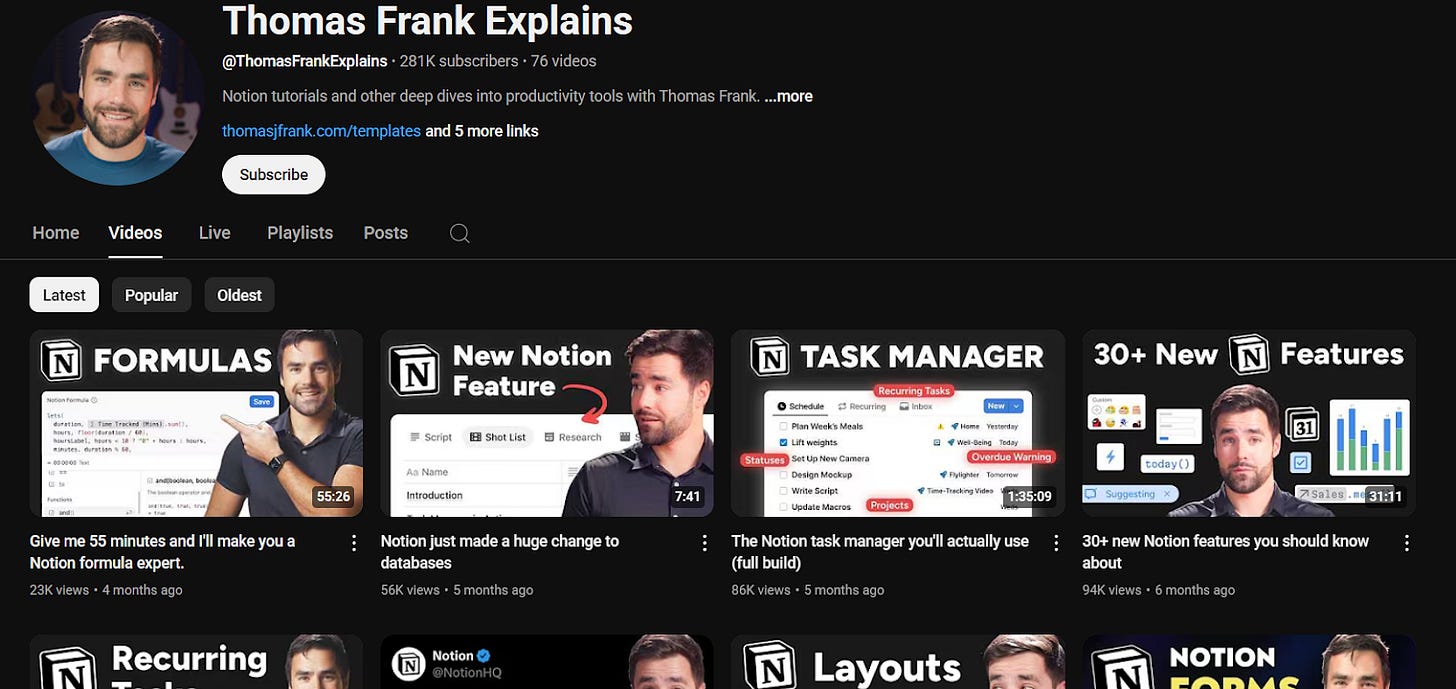

Fascinating to see how Notion’s growth was driven less by heavy sales and more by the product inviting people to “play” with it. It feels less like a tool you use and more like a space you inhabit.
Makes me wonder: are we drawn to products because they solve problems, or because they give us the illusion of creating our own little world inside them?
Thorough write-up!